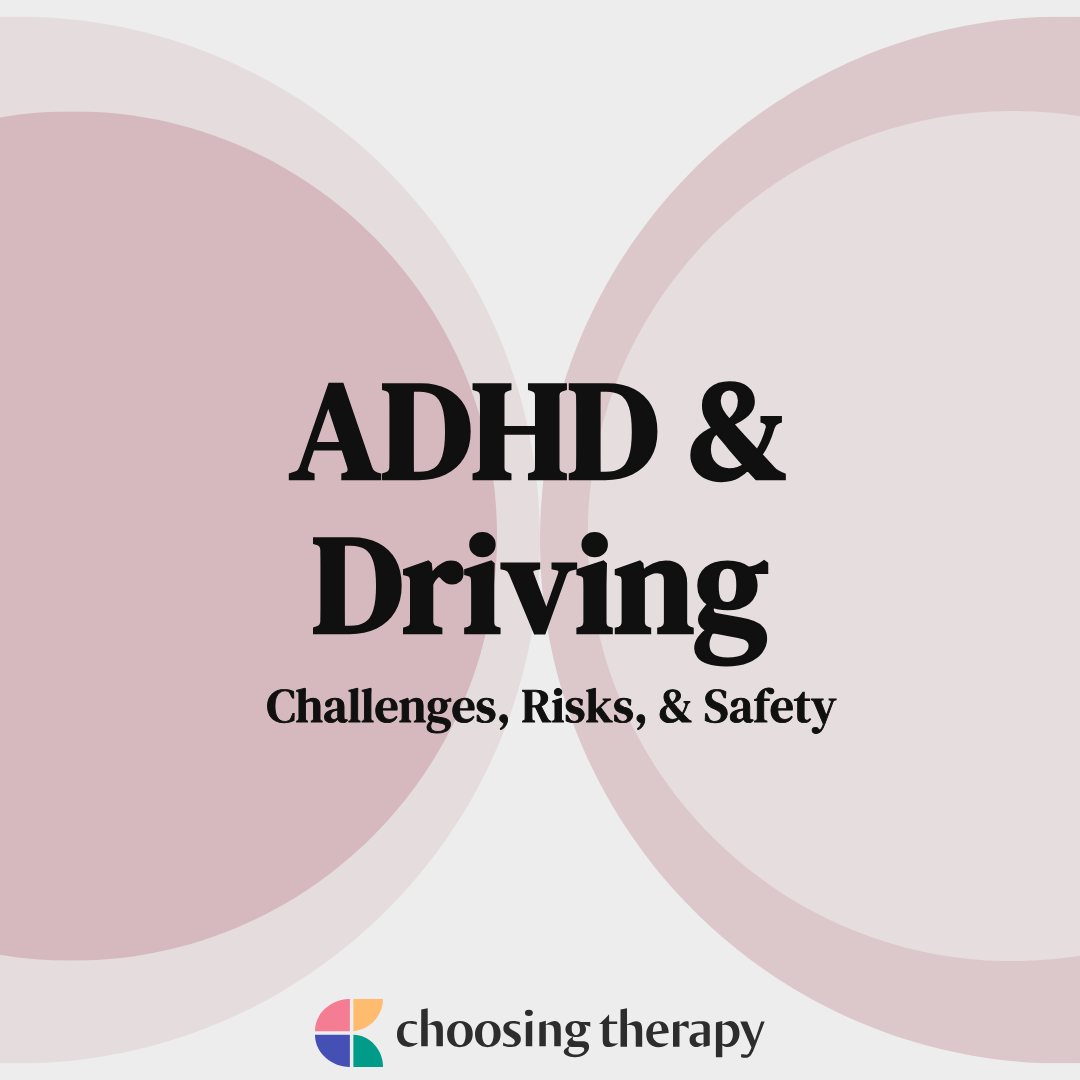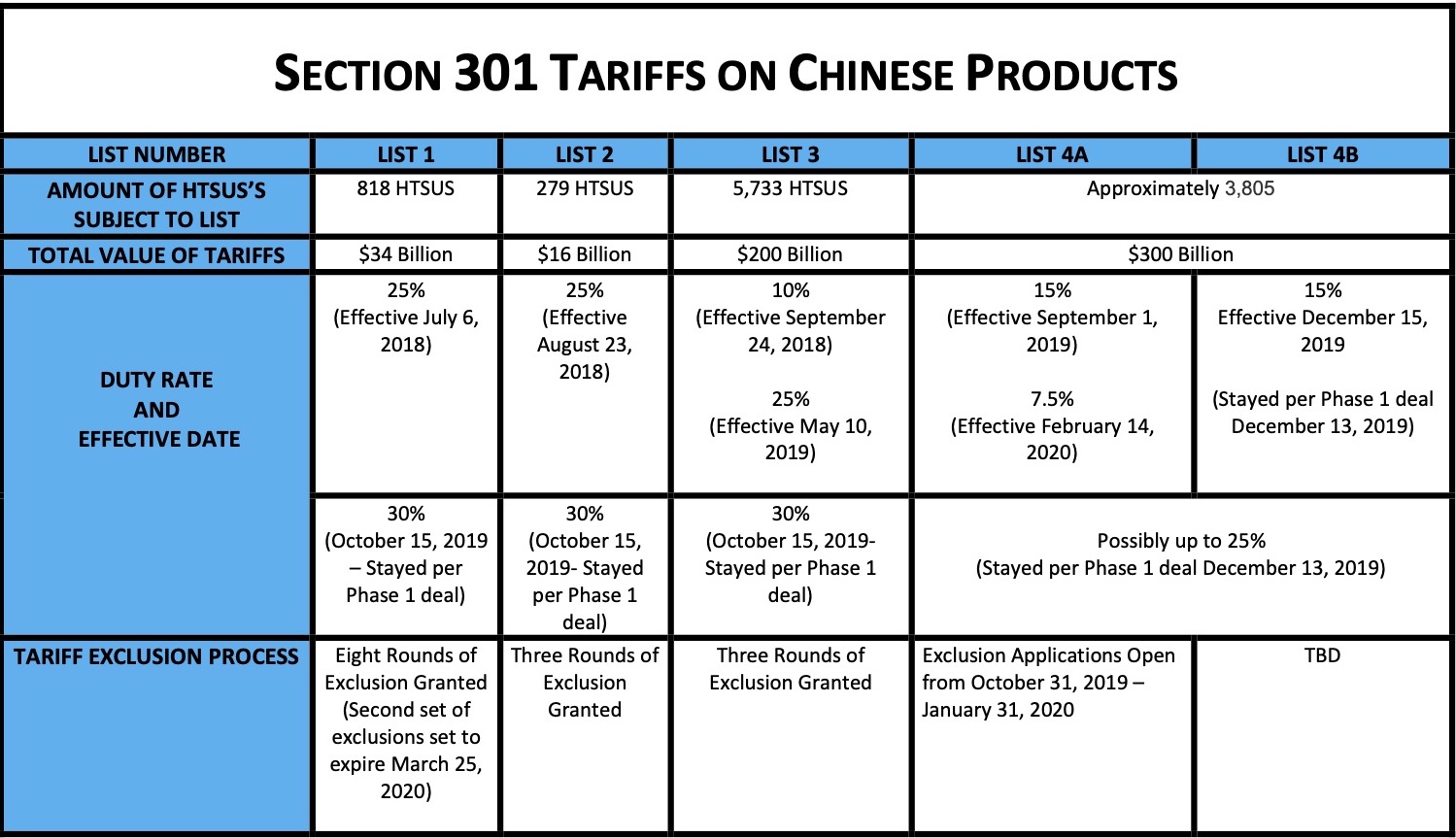Vehicle Safety Research: Driving With ADHD

Table of Contents
The Impact of ADHD on Driving Skills
ADHD significantly impacts driving ability due to its core symptoms: inattention, hyperactivity, and impulsivity. These symptoms manifest in various ways behind the wheel, increasing the likelihood of accidents and near misses.
-
Difficulty Maintaining Attention: Individuals with ADHD may struggle to consistently focus on the road, leading to issues like:
- Lane drifting: Unintentionally drifting out of one's lane, potentially causing collisions.
- Missed traffic signals: Failing to notice stop signs or traffic lights, resulting in dangerous situations.
- Reduced awareness of surroundings: Overlooking pedestrians, cyclists, or other vehicles.
-
Impulsive Behaviors: Impulsivity can lead to risky driving behaviors such as:
- Sudden lane changes: Changing lanes without properly checking blind spots or signaling.
- Speeding: Driving above the speed limit, reducing reaction time and increasing the severity of potential accidents.
- Tailgating: Following too closely to the vehicle in front, leaving insufficient braking distance.
-
Problems with Sustained Attention and Reaction Time: Sustained attention and rapid response are critical for safe driving. ADHD can hinder these abilities, leading to:
- Slower reaction time: Delayed responses to unexpected events or hazards on the road.
- Difficulty processing multiple stimuli: Overwhelmed by the complexity of driving, leading to errors in judgment.
-
Challenges with Spatial Awareness and Judgment of Distances: Accurate estimation of distances and spatial awareness are crucial for safe lane changes, parking, and navigating tight spaces. ADHD can impair these skills, increasing the risk of accidents.
Vehicle Safety Technology and ADHD
Thankfully, advancements in vehicle safety technology offer potential solutions to mitigate some of the risks associated with driving with ADHD. These technologies can provide crucial support and compensate for some of the challenges faced by drivers with ADHD.
-
Adaptive Cruise Control (ACC): Maintains a safe following distance from the vehicle ahead, reducing the risk of rear-end collisions, particularly helpful for those with difficulties in maintaining consistent speed and distance.
-
Lane Departure Warning Systems (LDWS): Alerts drivers when they unintentionally drift out of their lane, providing immediate feedback and preventing potential lane-drifting accidents.
-
Automatic Emergency Braking (AEB): Automatically applies the brakes to avoid or mitigate collisions with other vehicles or pedestrians, providing a crucial safety net for those with slower reaction times.
-
Blind Spot Monitoring (BSM): Alerts drivers to vehicles in their blind spots, improving awareness and reducing the risk of lane changes causing accidents. This is especially beneficial for individuals who may struggle with spatial awareness.
While these technologies offer significant advantages, it's crucial to understand their limitations. They are safety assists, not replacements for attentive driving. Drivers with ADHD should still focus on safe driving practices, even with these technologies in place.
Strategies for Safer Driving with ADHD
Beyond technological aids, several strategies can significantly improve driving safety for individuals with ADHD.
-
Medication Adherence: Consistent medication adherence, as prescribed by a physician, can significantly improve focus, attention, and impulse control, leading to safer driving.
-
Prioritizing Sleep and Stress Management: Sufficient sleep and stress reduction are essential for optimal cognitive function. Driving while tired or stressed significantly increases the risk of accidents.
-
Route Planning and Driving Time: Choosing less congested routes and driving during off-peak hours can reduce the cognitive load and stress associated with driving, leading to improved focus.
-
Mindfulness and Focusing Techniques: Practicing mindfulness and attention-focusing techniques, such as deep breathing or meditation, can improve concentration while driving.
-
Driving Aids: Utilizing GPS navigation systems, checklists for pre-driving routines, and other driving aids can help reduce cognitive load and improve organization.
-
Regular Vehicle Maintenance: Ensuring the vehicle is in optimal condition through regular maintenance is crucial for safety and reduces the likelihood of unexpected mechanical failures.
Seeking Professional Help and Support
Seeking professional support is vital for individuals with ADHD who drive. Collaboration with various professionals can lead to significant improvements in driving safety and overall well-being.
-
Therapy: A therapist can help develop coping mechanisms for ADHD symptoms and teach strategies for improved focus and impulse control, translating directly to safer driving habits.
-
Specialized Driving Assessments and Training: Some driving instructors specialize in working with individuals with ADHD, providing tailored assessments and training programs to address specific challenges.
-
Physician Communication: Open and honest communication with physicians about medication and its effects on driving is crucial for optimal management and safety.
-
Support Groups: Connecting with others facing similar challenges can provide emotional support, share practical tips, and reduce feelings of isolation.
Driving Safely with ADHD: A Collaborative Approach
Driving with ADHD presents unique challenges, but with a proactive and collaborative approach, significant improvements in driving safety are achievable. Understanding the impact of ADHD on driving skills, leveraging vehicle safety technologies, and adopting practical strategies are crucial steps towards safer roads. Seeking professional help and support from therapists, specialized driving instructors, and medical professionals is paramount. Take control of your driving safety by exploring the resources available for drivers with ADHD and work towards improving your driving skills through professional guidance and the use of vehicle safety technologies. Learn more about managing the challenges of driving with ADHD today!

Featured Posts
-
 Ohio Doctors Parole Hearing Sons Struggle 36 Years After Murder
Apr 29, 2025
Ohio Doctors Parole Hearing Sons Struggle 36 Years After Murder
Apr 29, 2025 -
 Cleveland Fan Ejected For Heckling Jarren Duran After Suicide Attempt Revelation
Apr 29, 2025
Cleveland Fan Ejected For Heckling Jarren Duran After Suicide Attempt Revelation
Apr 29, 2025 -
 U S Firms Implement Cost Reduction Strategies In Response To Tariffs
Apr 29, 2025
U S Firms Implement Cost Reduction Strategies In Response To Tariffs
Apr 29, 2025 -
 Finding Nostalgia And New Favorites Older Viewers On You Tube
Apr 29, 2025
Finding Nostalgia And New Favorites Older Viewers On You Tube
Apr 29, 2025 -
 Alberto Ardila Olivares Una Apuesta Segura Para Marcar Goles
Apr 29, 2025
Alberto Ardila Olivares Una Apuesta Segura Para Marcar Goles
Apr 29, 2025
